How to Write an ATS CV That Impresses Recruiters
Applicant tracking systems (ATS) have a huge impact on today's job market. Here's how you can optimize your CV to rank well with ATS and reach a recruiter's desk.
Applicant tracking systems (ATS) have a huge impact on today's job market. Here's how you can optimize your CV to rank well with ATS and reach a recruiter's desk.
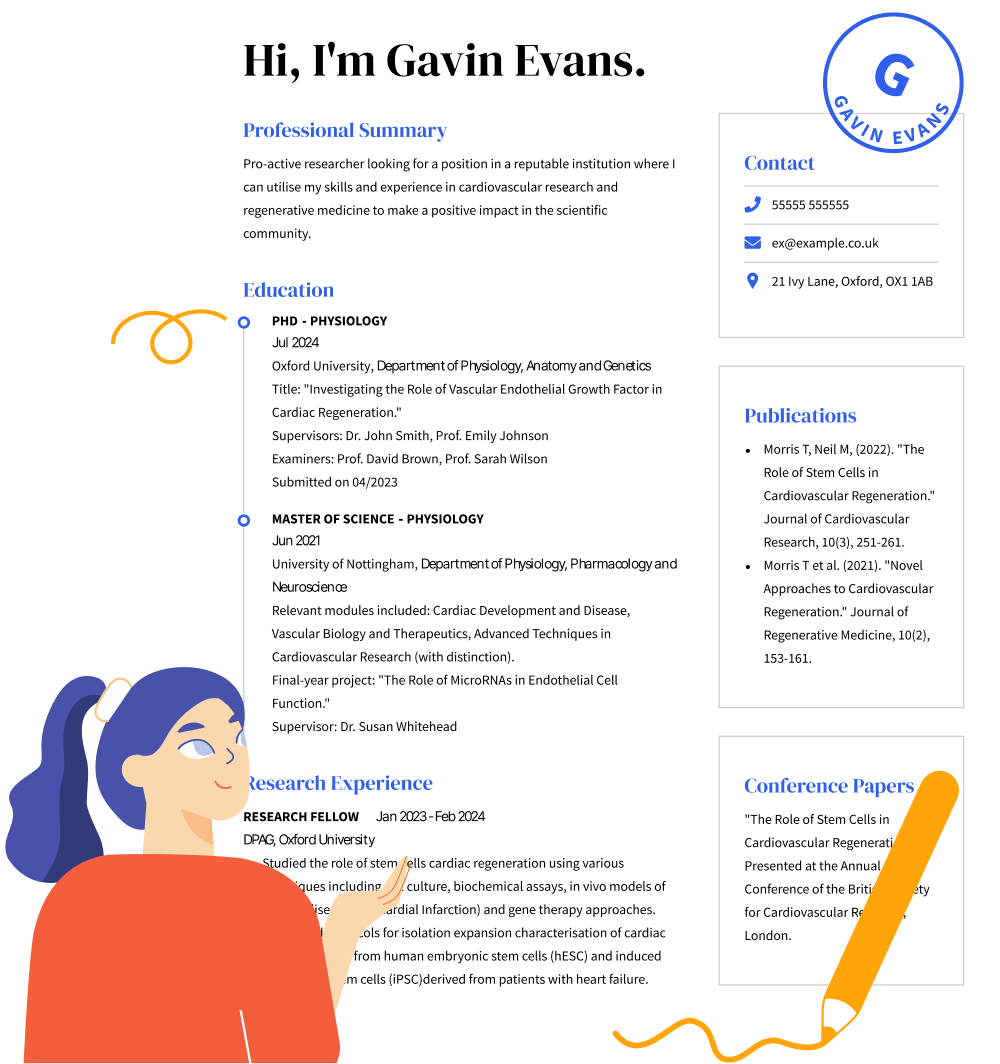
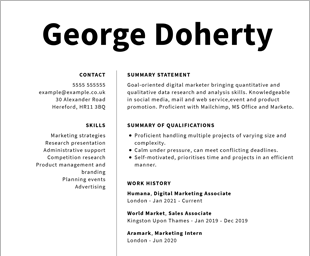
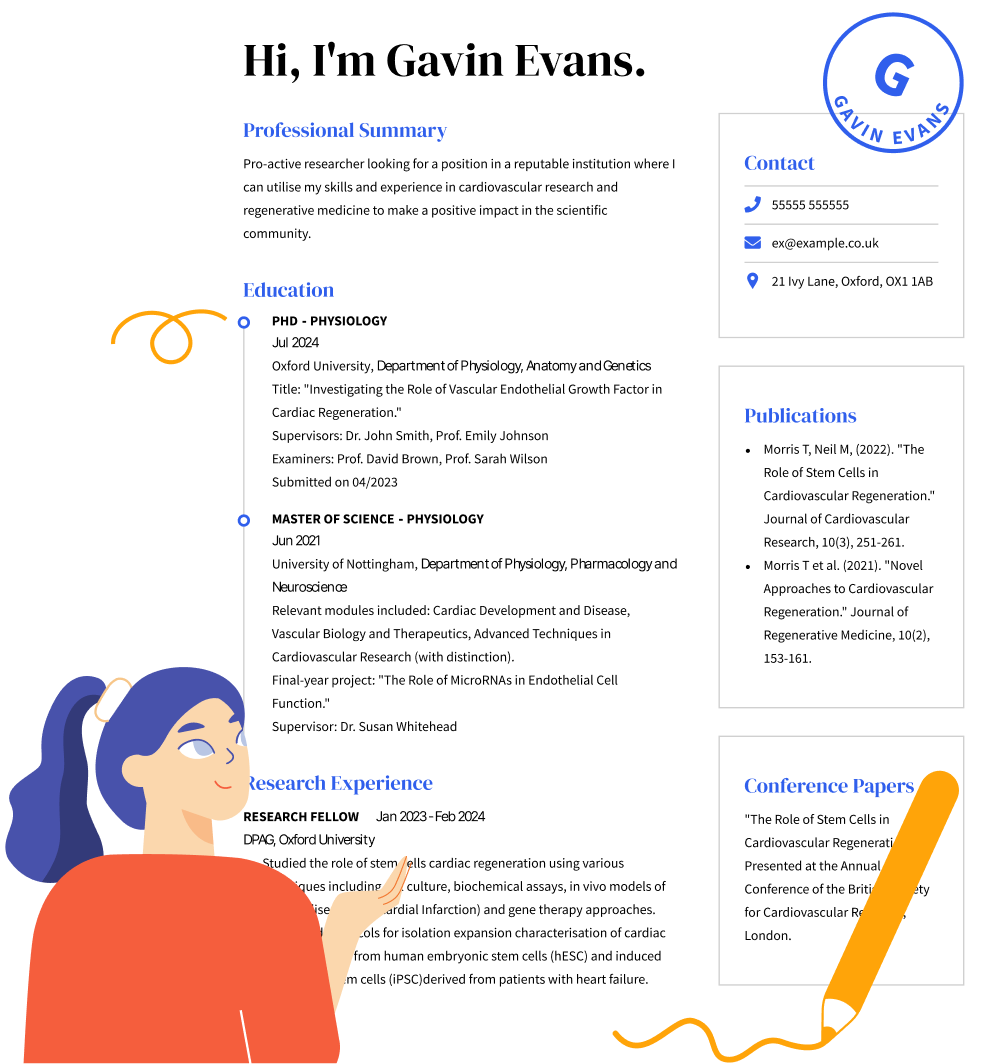
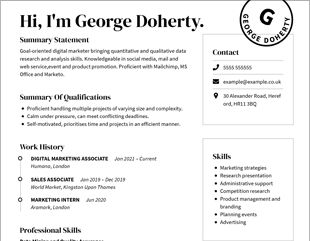
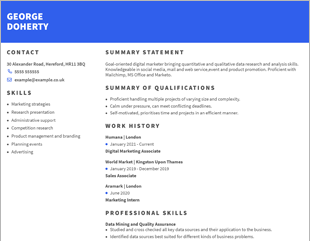
OUR USERS HAVE BEEN HIRED BY
An effective CV is all-important to the success of a job search. What most job seekers don't realize is that a huge number of job applications are rejected before their CV is ever seen by a human recruitment agent. This is because of the increased use of applicant tracking systems (ATS). However, if you make a few small tweaks to your CV, you will find passing ATS is a breeze!
An applicant tracking system is a type of AI software used by companies and recruitment professionals to scan large volumes of CVs quickly. This software ranks CVs based on the presence of key skills, job titles, and keywords, eliminating those that fail to meet the required threshold. An ATS scans CVs so that those that make it to the hiring manager’s desk are appropriate for the job description. This lessens the load on recruiters and speeds up the hiring process. UK employers now receive an average of 250 applications for each position they post, so they rely on ATS to streamline the hiring process. This means that it is imperative to consider ATS when writing your CV.
Think of ATS as an electronic gatekeeper that checks a CV for the right keywords in much the same way that search engine algorithms look for SEO keywords and meta descriptions. The goal of the software is to connect hiring managers with the best CVs for the specific job for which they are hiring. ATS software does this by scanning a CV for hard skills and soft skills. Hard skills are the practical skills required to do the job in question (e.g. HTML, CSS, boiler installation), while soft skills are about how you work (e.g. communication skills, creativity, empathy).
ATS will also scan for job titles and certifications listed as necessary by the job ad, as well as consider several other relevant keywords. By considering these criteria, ATS aims to find the best job seeker to fit the role.
Another major issue to keep in mind is that certain document formats and CV layouts can prevent ATS from scanning a CV. This is a common reason why otherwise qualified candidates can be rejected at the start of the recruitment process.
If you want to ensure that your CV has the best chance of passing ATS and making it to a recruiter’s desk, you will need to consider both formatting and content. Certain types of CV formatting will make it harder for ATS to scan your CV, which could put all your hard work to waste. Here are five key points to consider when writing your CV:
One of the best steps that you can take when writing a CV is to read the job advert thoroughly. Read it more than once and highlight the skills, qualifications, and experience listed as necessary. These are the right keywords to include in your CV, but they can also help you to identify other potential information for inclusion.
For example, a project management role may list leadership skills, experience in people management, and certain professional certifications as needed, but strong communication skills, conflict resolution skills, and experience in a specific industry (e.g. construction) can also be very valuable.
A professional CV template, such as those offered by our CV builder, can help you to sidestep layout issues that can make a CV hard for applicant tracking systems to scan.
For example, certain fonts can be hard for an ATS to read. This is why most CV templates use clear, legible fonts such as Arial, Calibri, Verdana and other similar fonts. Most CV templates will format a CV as a PDF file, which is easy for ATS to scan. If you format your CV manually, you should stick to these fonts, set your margins at one inch all around, and use a PDF, plain-text, or .docx format to make it easy for ATS to scan the document.
While your skills section will generally hold the bulk of skill-based keywords, you should pay careful attention to your work history and CV summary section to ensure that the right keywords are present.
For example, list experiences in your work history section that tie in with skills and other requirements listed in the job description. A robust skills section alone will not carry your CV through ATS. When listing professional certifications and qualifications, double-check their official name to make sure that you are listing all information as clearly as possible.
Job descriptions act as important keywords on a CV, so take the time to double-check your precise job title when you list it.
For example, if you were a chef you should be sure to list yourself as an Executive Chef if that was your job title, rather than a “Senior Chef/Cook”. As well as providing your employment dates and the company name, write a short description of your duties and best achievements. This is a good opportunity to include more keywords in the form of hard skills you used or professional training and responsibilities you undertook.
A professional CV is quite a short document and while it can be tempting to make use of header and footer space to add extra information, this can be detrimental.
The information in your header or footer may not be scanned by ATS and could make it hard for ATS to read your CV properly. Rather than doing this, put any relevant additional information into your cover letter. This will keep your CV tidy and add value to your cover letter.
The ATS program may scan your cover letter, but this is not guaranteed. As such, you should not rely on your cover letter to help you rank well. It is far more important to optimize your CV. However, using a cover letter template can help to ensure that your format is in order.
Writing an ATS-compliant or ATS-friendly CV is beneficial for several reasons. The biggest benefit, of course, is the fact that your CV will rank well and have a better chance of being seen by a hiring manager. This will make your job search shorter and increase your chance of getting the job you want.
The CV formats that are most ATS-friendly are the chronological CV format (if you have 10 or more years of work experience) and the combination CV format (if you have more than three years of work experience). While functional CV formats can be attractive to job seekers with limited work experience, these layouts often lack the necessary keywords to pass ATS filters. If you are concerned about a spotty or short work history, use a combination format and include additional sections for relevant certifications and achievements.
We personalize your experience.
We use cookies in our website to ensure we give you the best experience, get to know our users and deliver better marketing. For this purpose, we may share the information collected with third parties. By clicking “Allow cookies” you give us your consent to use all cookies. If you prefer to manage your cookies click on the “Manage cookies” link below.